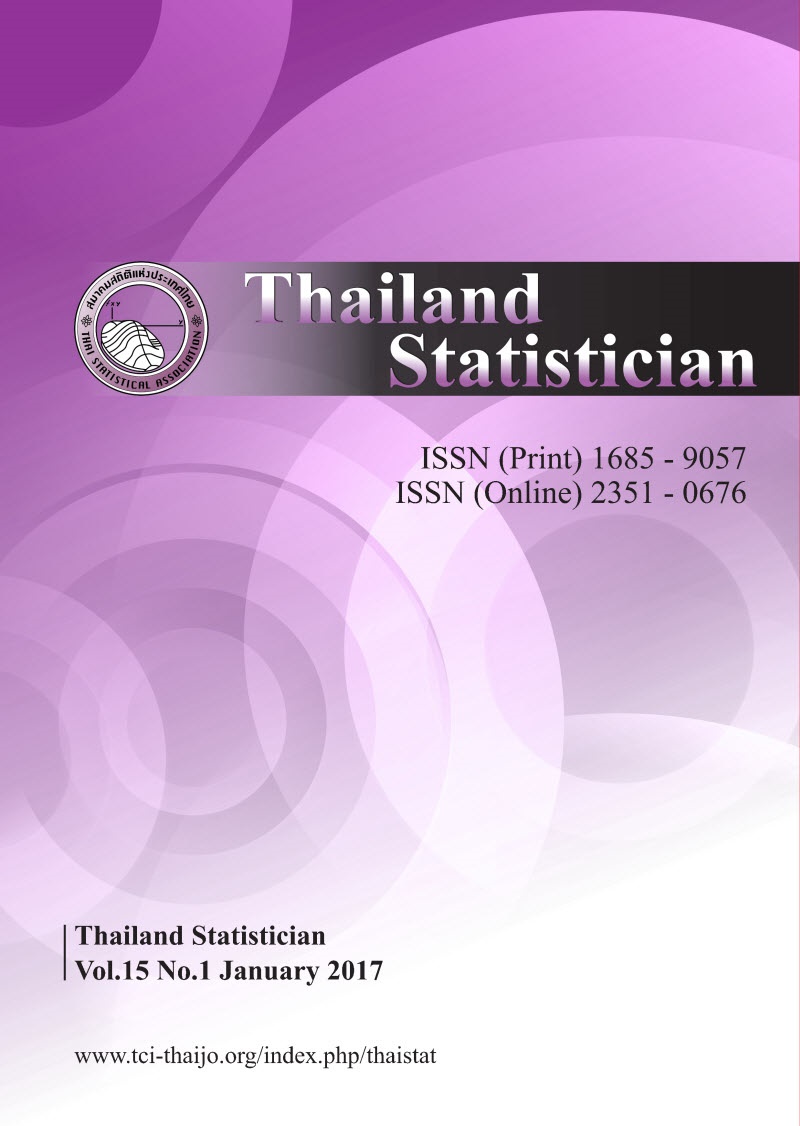A markovian study of no claim discount system of Insurance Regulatory and Development Authority and its application
Keywords:
markov chains, stationary distribution, automobile insuranceAbstract
No claim discount (NCD) is one of the more controversial areas of automobile insurance, being a topic on which the motorist is liable to hold strong and emotive views from time to time. In this paper we try to find out the probabilities of claims by different categories of policyholders (motorists). The policyholders are divided into two groups viz. ‘good drivers’ and ‘bad drivers’ according to their driving experience as well as accident records in last two years. Here, we use a transition probability matrix (TPM) for different discount levels following the Insurance Regulatory and Development Authority (IRDA) rules of NCD using Markov Chains. Using this TPM we obtain the respective amount of premiums to be paid in the long run by different groups of policyholders specially the drivers of the districts of Karimganj, North Tripura and West Tripura. The results of this study show that probability of claims and different NCD rates are not parallel.Downloads
How to Cite
Nath, D. C., & Sinha, P. (2015). A markovian study of no claim discount system of Insurance Regulatory and Development Authority and its application. Thailand Statistician, 12(2), 223–236. Retrieved from https://ph02.tci-thaijo.org/index.php/thaistat/article/view/34202
Issue
Section
Articles



